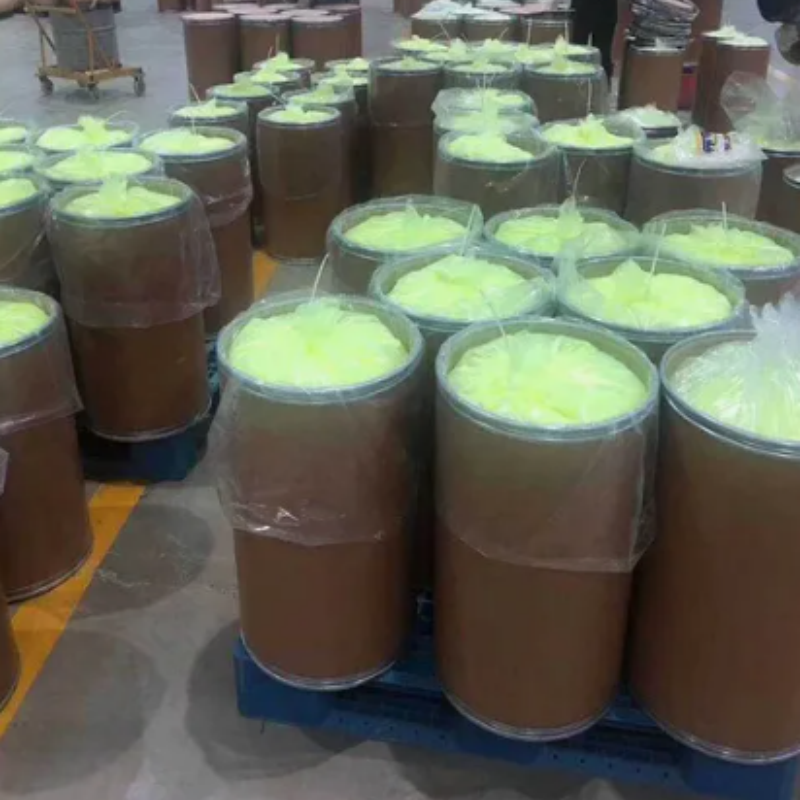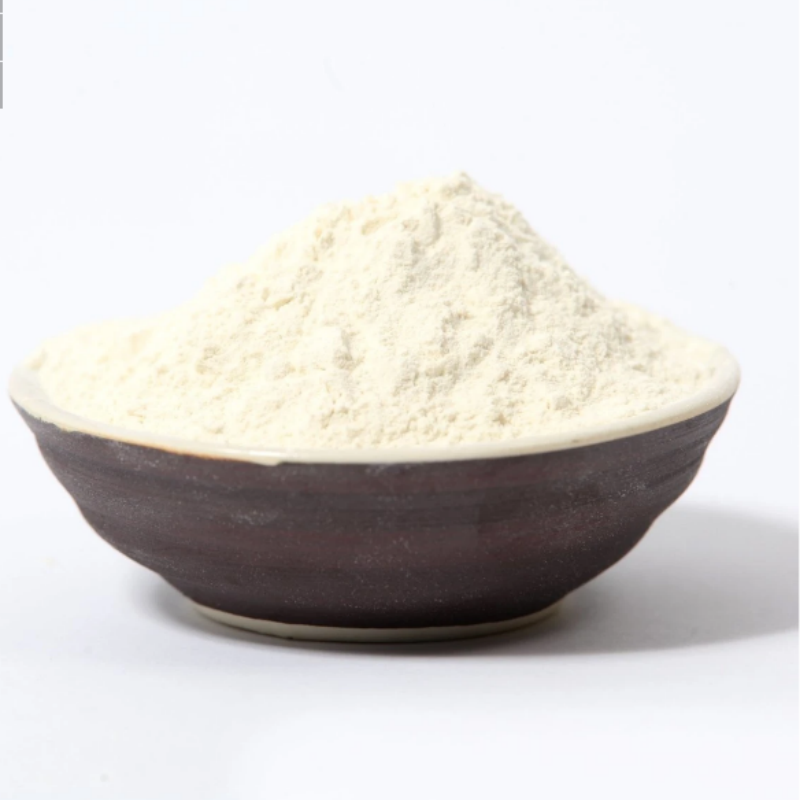-
Categories
-
Pharmaceutical Intermediates
-
Active Pharmaceutical Ingredients
-
Food Additives
- Industrial Coatings
- Agrochemicals
- Dyes and Pigments
- Surfactant
- Flavors and Fragrances
- Chemical Reagents
- Catalyst and Auxiliary
- Natural Products
- Inorganic Chemistry
-
Organic Chemistry
-
Biochemical Engineering
- Analytical Chemistry
-
Cosmetic Ingredient
- Water Treatment Chemical
-
Pharmaceutical Intermediates
Promotion
ECHEMI Mall
Wholesale
Weekly Price
Exhibition
News
-
Trade Service
Since 2017, global copper inventories have experienced a trend
of first increasing and then decreasing.
At the beginning of the year, global copper stocks were basically in an upward trend, reaching a yearly high in March, of which the previous stock was 325278 tons, the LME inventory was 337,600 tons, the COMEX inventory was 136,300 tons, the three major exchange stocks were 799178 tons, and the Shanghai Free Trade Zone inventory was 647,000 tons
.
Global copper inventories began in March and continued to decline for eight months, reaching their lowest level in nearly four years in October
.
From November to the end of the year, inventories recovered slightly, with limited
increases.
As of December 22, 2017, the total inventory of the world's three major exchanges plus bonded zone inventory was 1002708 tons, a decrease of 26,643 tons from the same period last year, with little change overall, in line with the judgment
of the relative balance between supply and demand of refined copper production this year.
In terms of stocks, on December 22, 2017, LME copper stocks were 201,600 tons, down 134,200 tons from the same period last year, and COMEX copper stocks were 210897 short tons, an increase of 126372 short tons
from the same period last year.
Overall, global inventory shifts are obvious, and inventory changes mainly come from short-term inventory transfers
caused by arbitrage behavior and seasonal changes.
Compared with the same period last year, COMEX inventory increment is large, LME inventory decline is obvious, and show a zigzag fluctuation state, traders through centralized delivery or outbound, to cooperate with the evolution
of the market.







